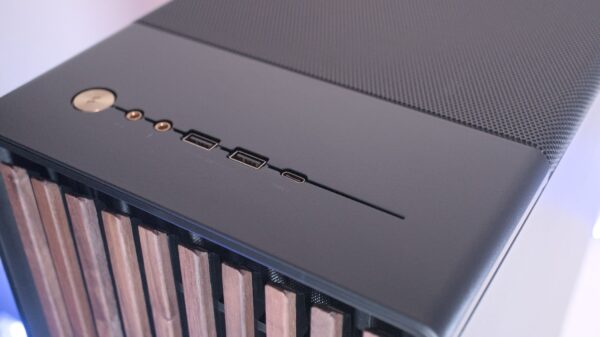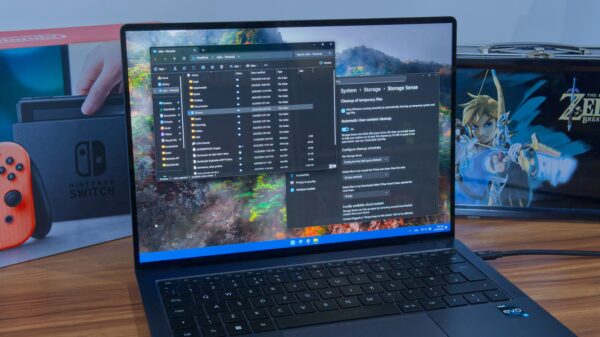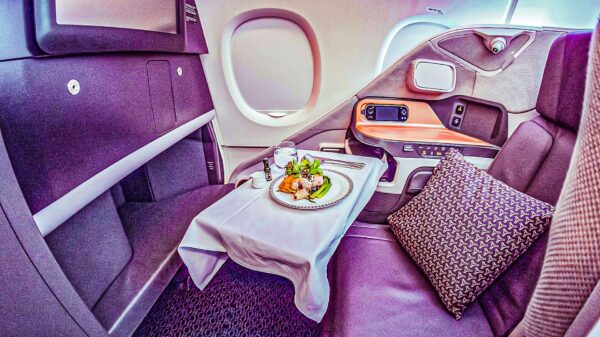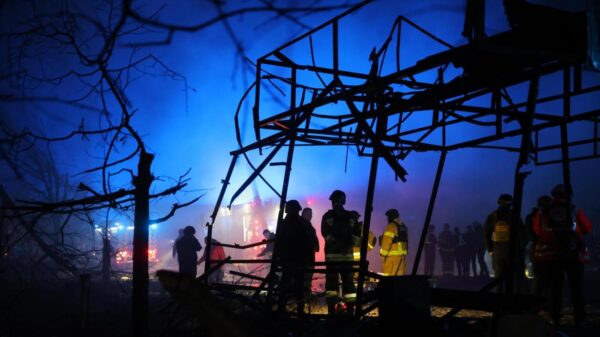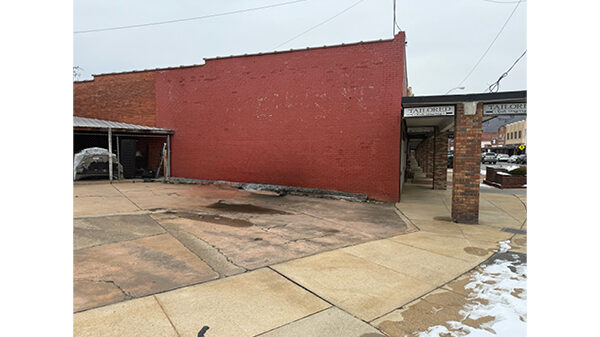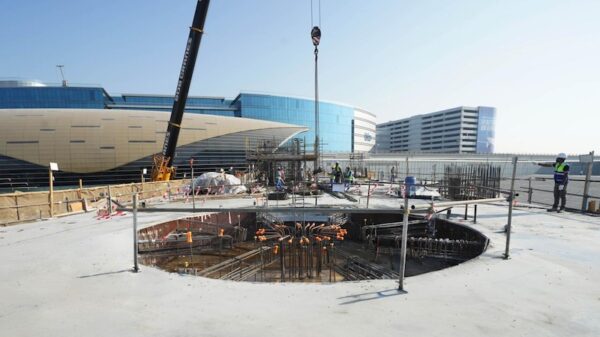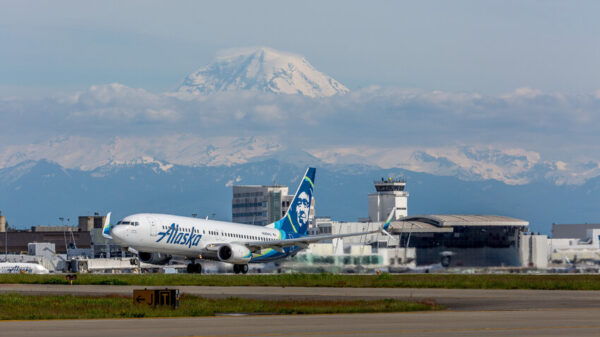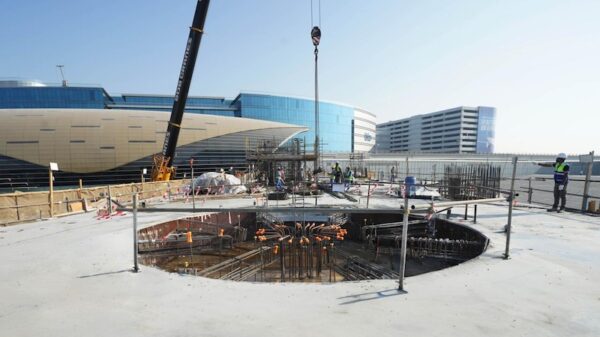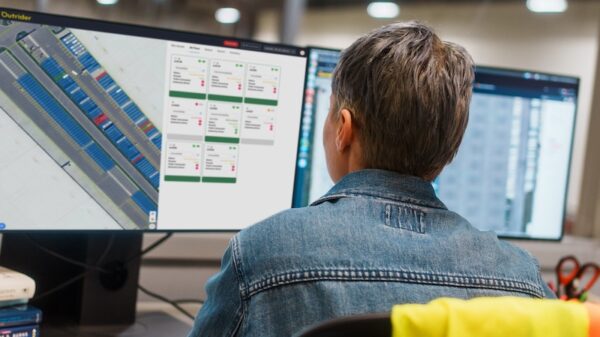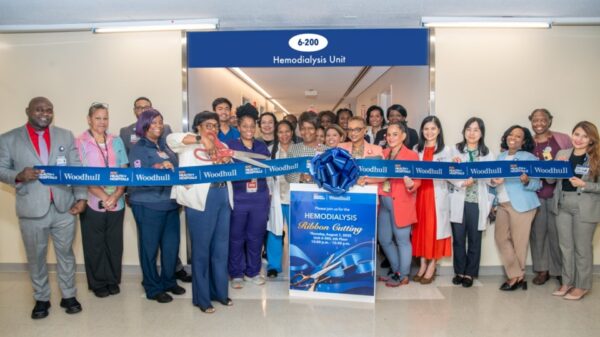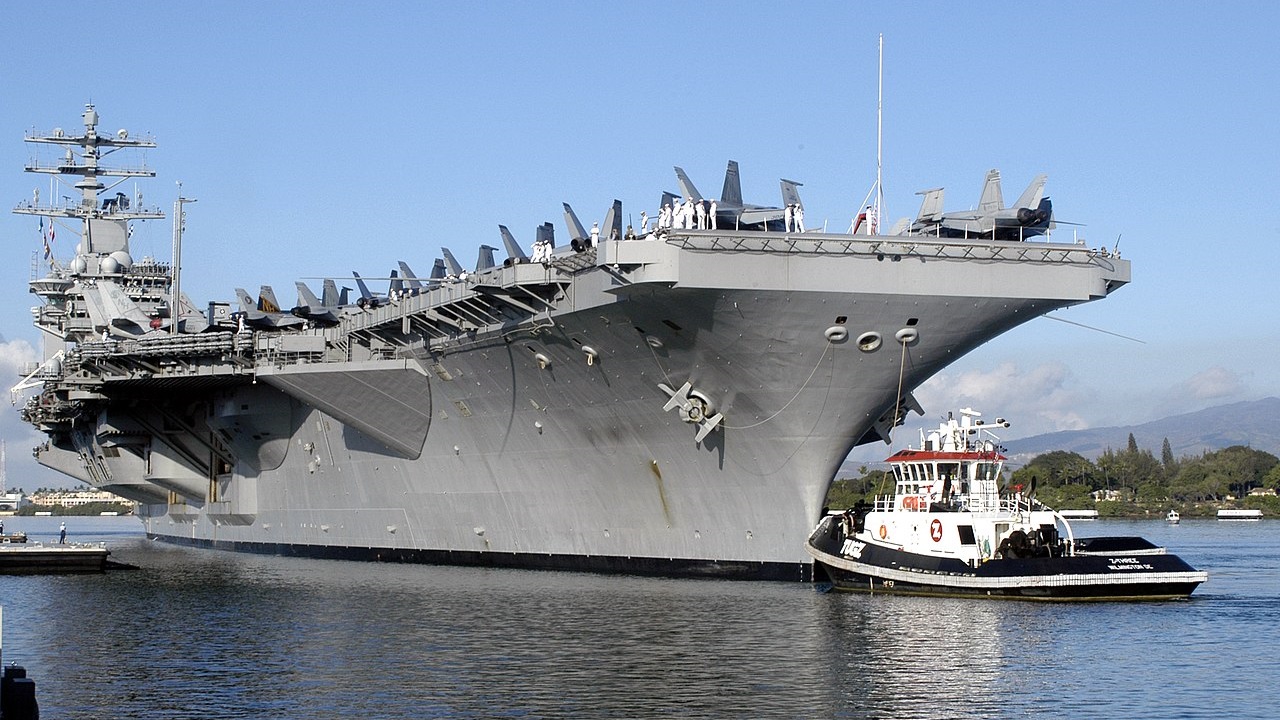The US Navy is grappling with significant delays in ship construction and maintenance, impacting its operational capabilities. The future USS John F. Kennedy (CVN-79), a Gerald R. Ford-class nuclear-powered supercarrier, is now projected to join the fleet two years later than initially planned, with a revised delivery date set for March 2027. These setbacks are compounded by ongoing reliability issues with the Navy’s amphibious assault ships.
According to the latest Department of Defense (DoD) budget documents for Fiscal Year 2026, which begins on October 1, 2025, the next two America-class amphibious assault ships, the USS Bougainville (LHA-8) and USS Fallujah (LHA-9), are also facing delays of up to one year. The USS Bougainville is now expected to be delivered in September 2029, while the USS Fallujah’s delivery date has been pushed back to July 2030. Worker shortages and ongoing challenges at HII’s Ingalls Shipbuilding facility in Pascagoula, Mississippi, have been cited as contributing factors.
Resolving technical problems has also proven difficult. The USS John F. Kennedy’s delays stem from issues with the Advanced Arresting Gear and Advanced Weapons Elevator systems. These delays highlight the broader challenges the Navy faces, particularly as the oldest supercarrier in service, the USS Nimitz (CVN-68), is set to retire next year. The fleet may soon shrink from 11 to just 10 operational carriers, which could significantly impact the Navy’s ability to project power globally.
In addition to the delays in construction, the USS John C. Stennis (CVN-74) is undergoing a lengthy Refueling and Complex Overhaul (RCOH). Originally expected to be completed by August 2025, work is now anticipated to extend into late 2026. This situation exacerbates the Navy’s challenges, as the USS Harry S. Truman (CVN-75) will also enter the RCOH process shortly thereafter, further reducing the number of available supercarriers.
The Navy’s amphibious assault fleet is similarly constrained. The USS Bonhomme Richard (LHD-6) was decommissioned following a catastrophic fire in July 2020 that caused approximately $2 billion in damage. The USS Wasp (LHD-1) is currently undergoing maintenance, with a return to service not expected until February 2026. Meanwhile, the USS Bataan (LHD-5) is in dry dock, with completion projected for May 2026.
A report from the Government Accountability Office (GAO) indicated that the Navy’s amphibious assault ships have a readiness rate of only 46 percent, falling short of the required 50 percent for deployment. This low readiness rate raises concerns about the Navy’s operational capabilities, especially as another Wasp-class ship, the USS Boxer (LHD-4), faced mechanical issues that temporarily sidelined it.
The cumulative effect of these delays is a precarious situation for the US Navy. As construction timelines extend and maintenance periods lengthen, the service confronts significant challenges in maintaining its fleet readiness. The ongoing construction and operational issues underscore the urgent need for strategic solutions to enhance the Navy’s capabilities and ensure it can fulfill its mission in an increasingly complex global landscape.


